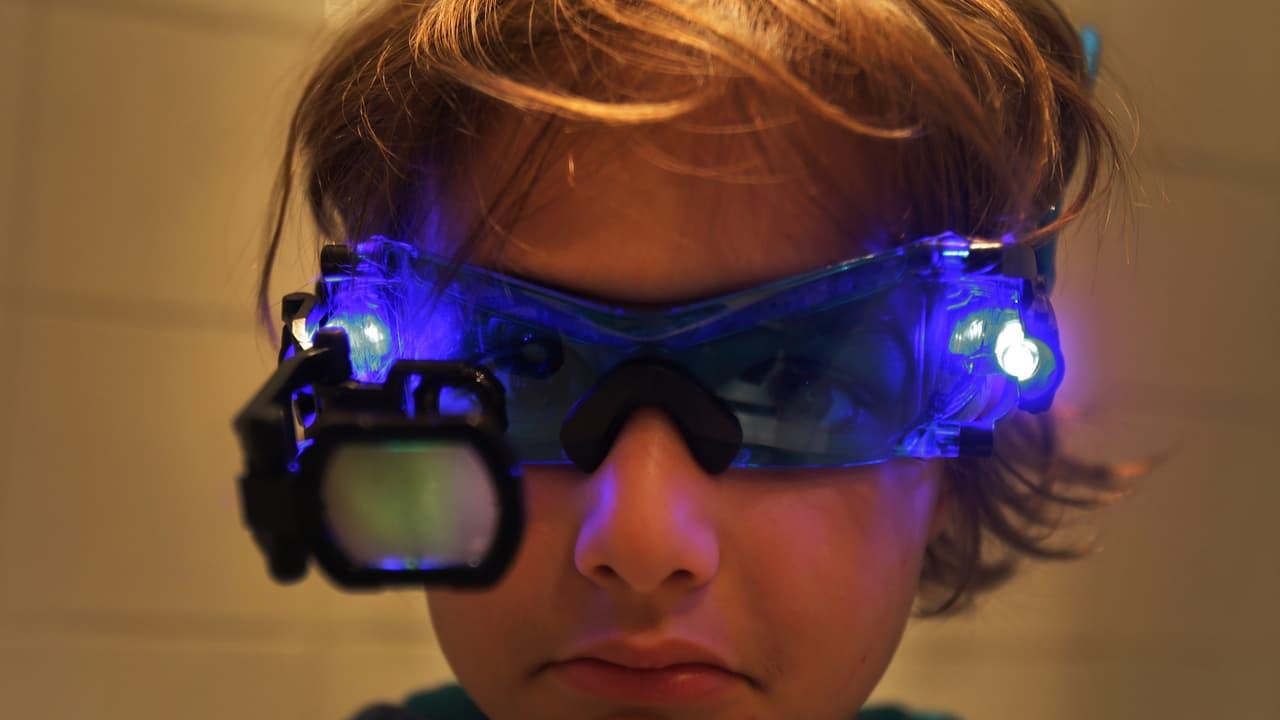Quantum Ink Could Revolutionize Night Vision And Infrared Tech
Night vision may soon become cheaper, faster, and more eco-friendly-thanks to a new material that works more like printable ink than traditional electronics.
Researchers at NYU Tandon School of Engineering have developed a non-toxic“quantum ink” that could replace the heavy metals currently used in infrared detectors. These detectors are at the heart of night-vision cameras, autonomous vehicles, medical imaging tools, and even next-gen smartphones.
Why a cleaner solution is needed
Most infrared sensors today rely on materials like mercury and lead-metals that face growing restrictions under environmental regulations. Manufacturers are stuck between delivering high performance and meeting compliance rules, which slows down innovation at a time when demand for thermal imaging is booming.
“Industry is hitting a bottleneck,” explained Professor Ayaskanta Sahu, senior author of the study.“We need materials that perform well but also comply with environmental standards.”
From puzzle pieces to printable ink
Traditional infrared detectors are painstakingly built atom by atom, making them expensive and hard to scale. By contrast, the NYU team's approach uses colloidal quantum dots-tiny semiconductor crystals made in liquid form.
Instead of assembling delicate layers under a microscope, these quantum dots can be“printed” like ink onto large surfaces using roll-to-roll techniques, similar to newspaper printing. The result: a low-cost, scalable way to manufacture high-quality detectors.
Performance that impresses
The team solved one major hurdle-making the ink conductive enough to pick up faint light signals-by tweaking the surface chemistry of the quantum dots. Their detectors now respond to infrared light in just microseconds (hundreds of times faster than a blink) and can detect signals as weak as a nanowatt.
Graduate researcher Shlok J. Paul, lead author of the paper, said:“What excites me is that we've taken a material once seen as impractical and made it competitive. With more development, it could perform even deeper into the infrared spectrum.”
A complete system in sight
This work builds on the team's earlier breakthrough: transparent electrodes made from silver nanowires. When paired with the quantum ink, these electrodes let infrared light pass through while efficiently carrying signals away-two essential components for future large-area imaging systems.
The potential applications are vast. Cars, drones, hospitals, and consumer devices all rely on infrared detectors. Making them cleaner, cheaper, and scalable could bring night-vision and thermal imaging into everyday tech.
While performance still lags behind the very best heavy-metal-based detectors, the researchers are confident that ongoing advances will close the gap.
Their study appears in ACS Applied Materials & Interfaces and was supported by the Office of Naval Research and DARPA.
Legal Disclaimer:
MENAFN provides the
information “as is” without warranty of any kind. We do not accept
any responsibility or liability for the accuracy, content, images,
videos, licenses, completeness, legality, or reliability of the information
contained in this article. If you have any complaints or copyright
issues related to this article, kindly contact the provider above.
Most popular stories
Market Research

- Zebu Live 2025 Welcomes Coinbase, Solana, And Other Leaders Together For UK's Biggest Web3 Summit
- Yield Basis Nears Mainnet Launch As Curve DAO Votes On Crvusd Proposal
- Blueberry Launches A Bold New Brand Platform
- Stonehaven Circle Marks 13Th Anniversary With Hadrian Colwyn Leading Calvio Ailegacyx Innovation
- R0AR Launches Buyback Vault: Bringing 1R0R To R0AR Chain Unlocks New Incentives
- Moonbirds And Azuki IP Coming To Verse8 As AI-Native Game Platform Integrates With Story





















Comments
No comment